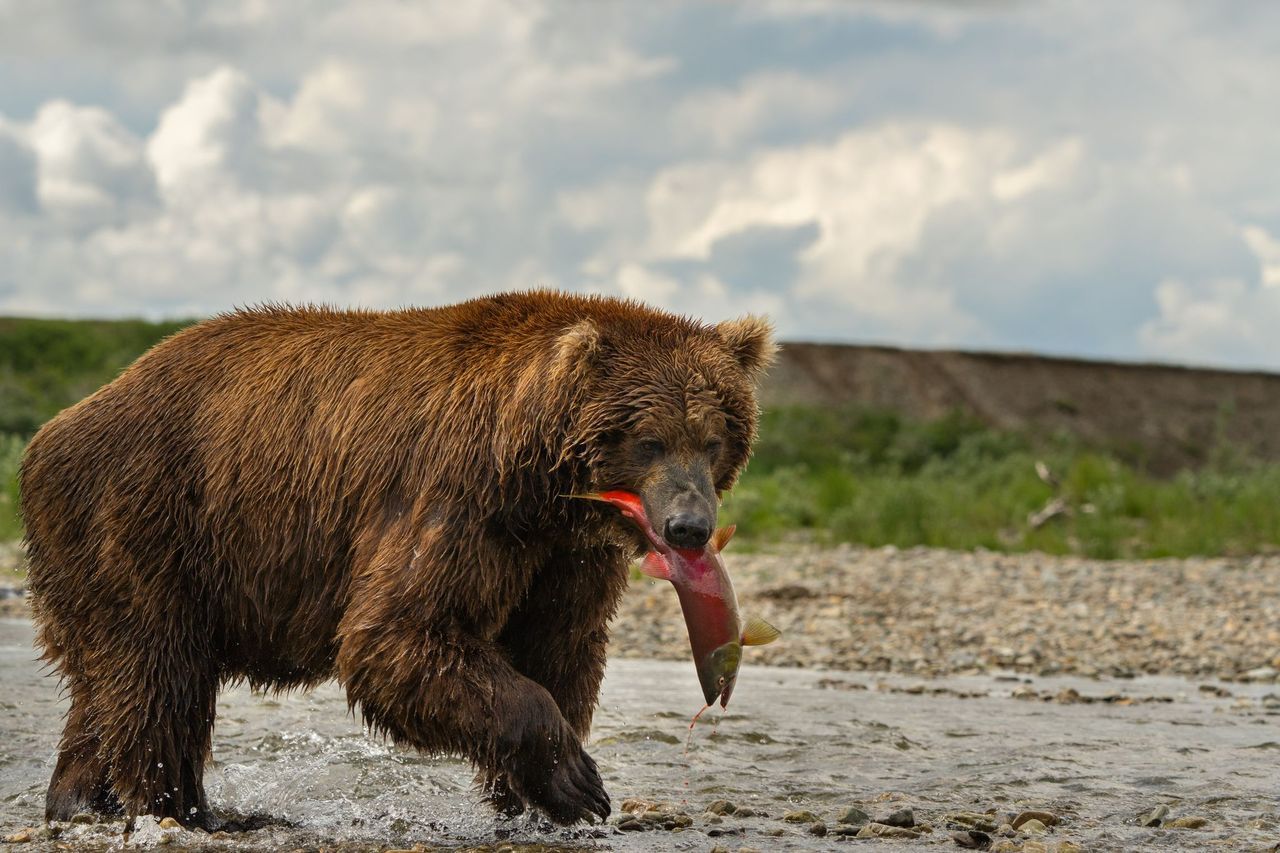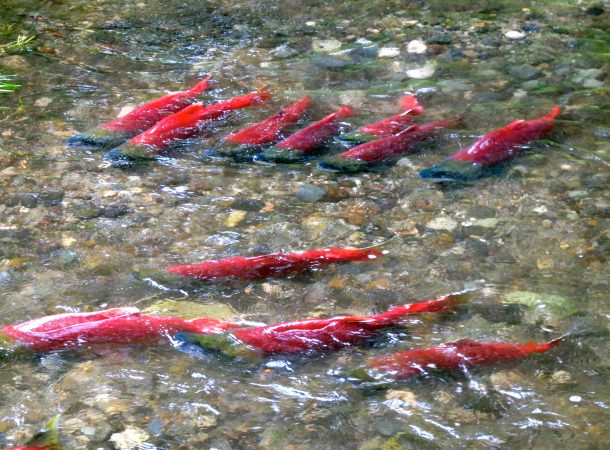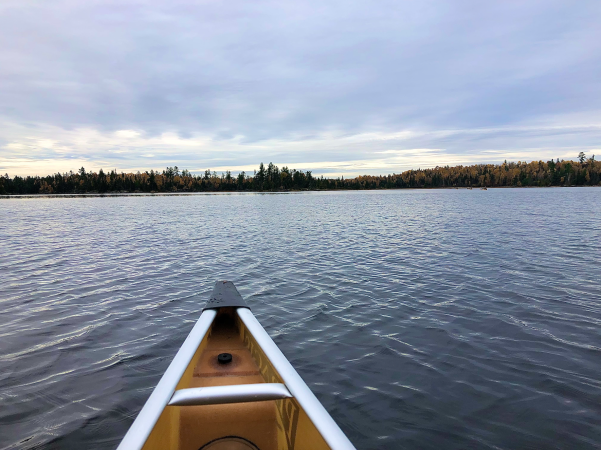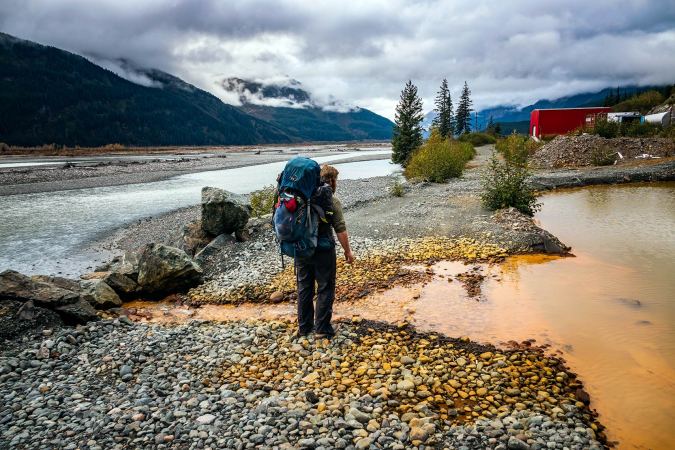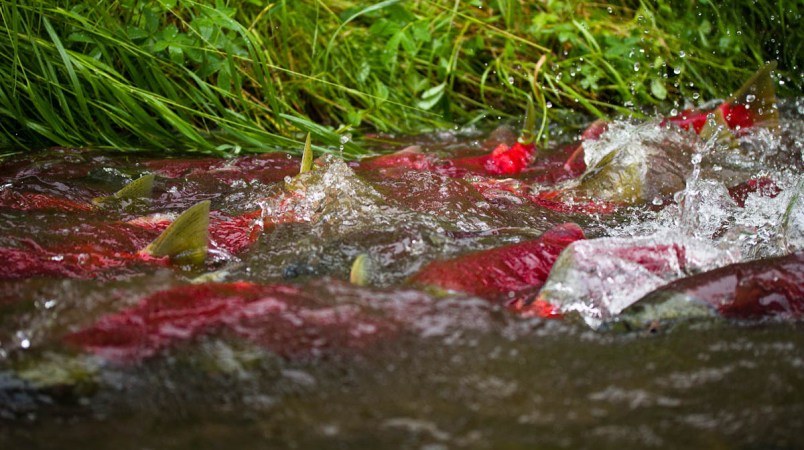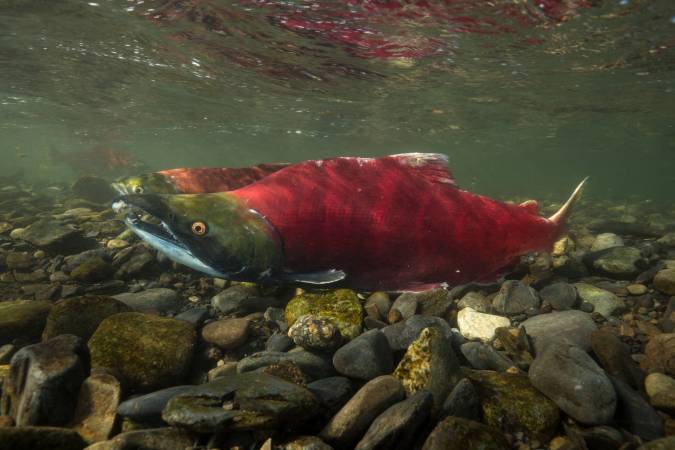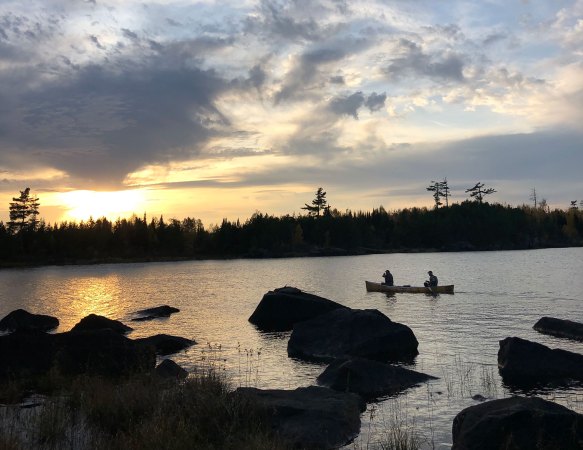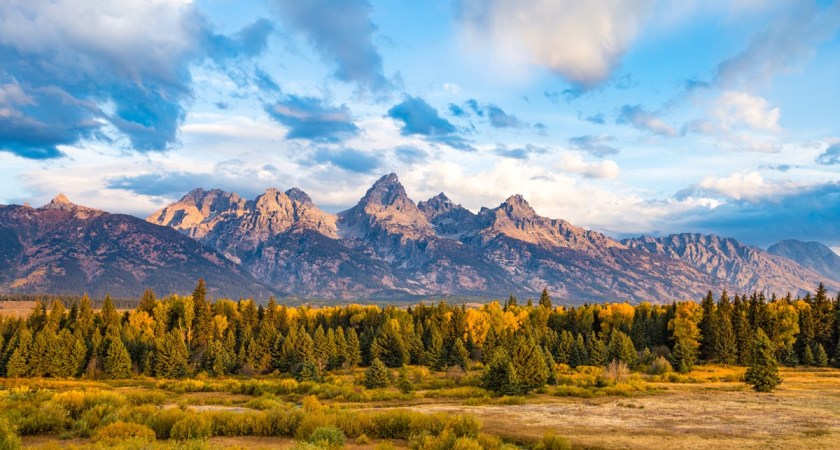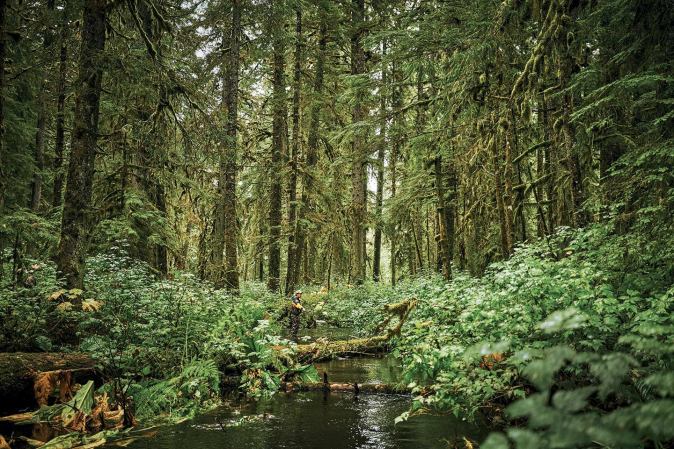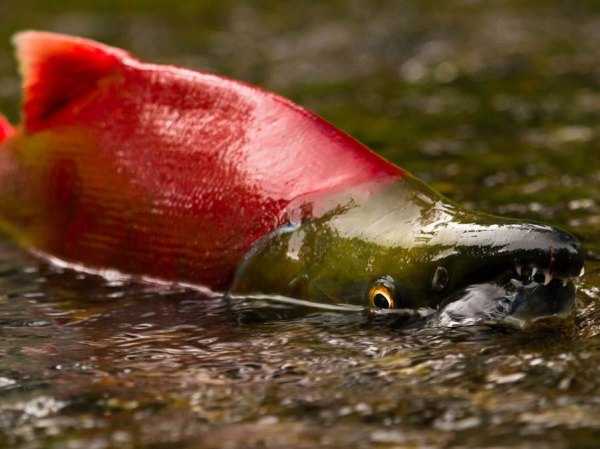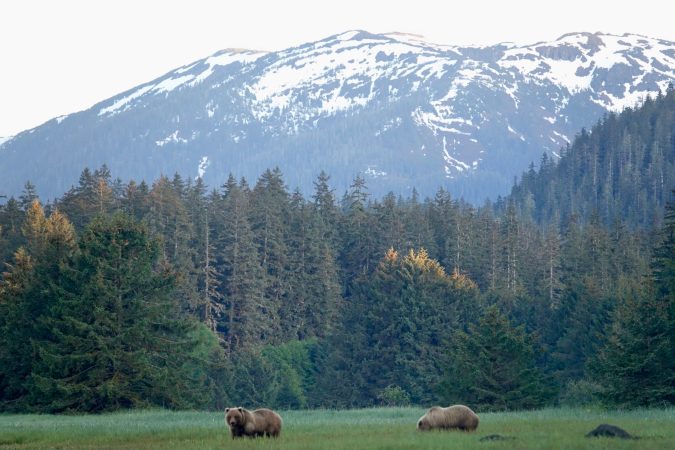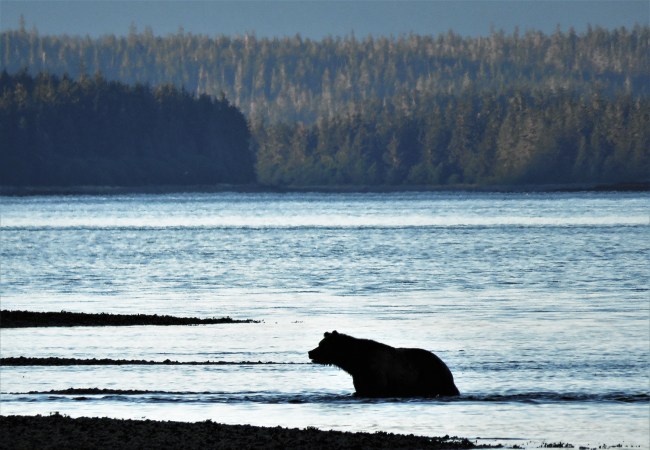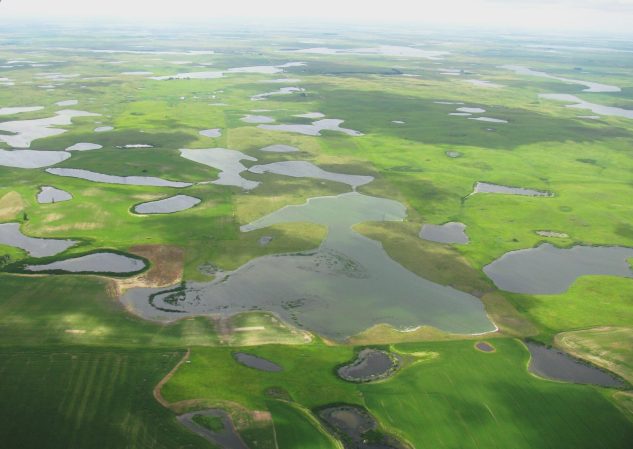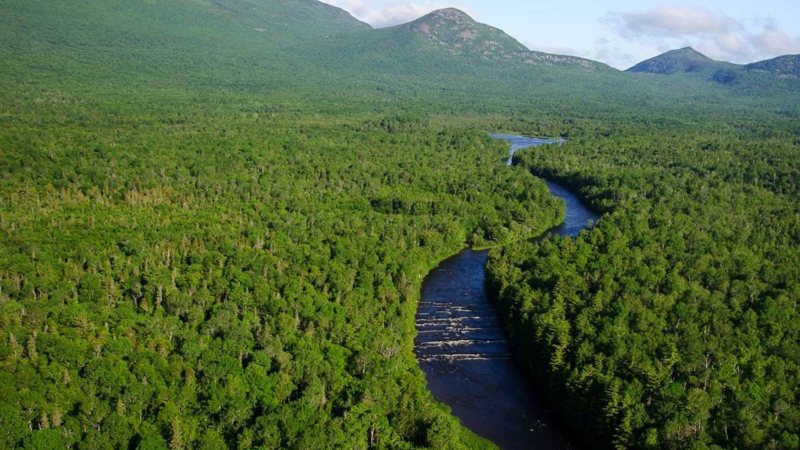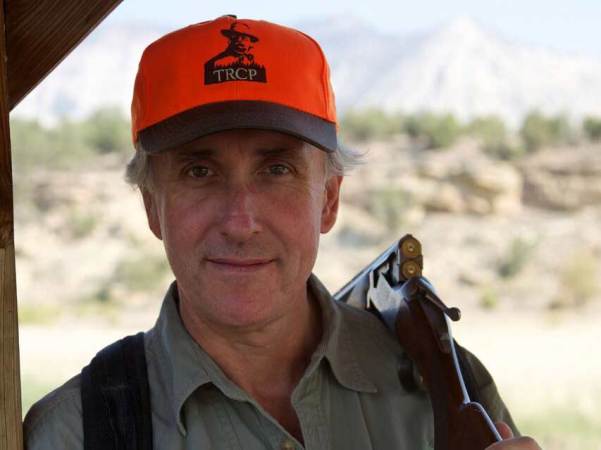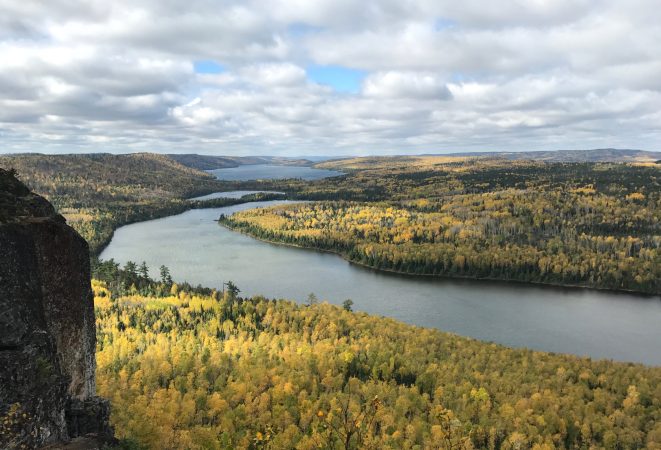In a monumental decision that was announced today, the Environmental Protection Agency issued safeguards for the Bristol Bay watershed under section 404(c) of the Clean Water Act. The federal agency’s long-awaited decision blocks the development of the Pebble Mine project, which aims to build the world’s largest open-pit mine atop the headwaters of one of the world’s last remaining strongholds for Pacific salmon.
“Today’s action marks the third time in 30 years, and only the 14th time in the history of the Clean Water Act, that EPA has used this authority,” the EPA said in a press release. “This highlights the value of the Bristol Bay watershed’s fishery resources.”
Hunters, anglers, tribes, and conservationists of all stripes are celebrating the move. They view it as an important milestone in the ongoing legal battle to protect the Bristol Bay watershed from the impacts of large-scale mining. In addition to hosting the largest sockeye runs on the planet, the undeveloped region provides important habitat for bears, moose, and a plethora of other wildlife. Pebble’s opponents argue that these resources shouldn’t be sacrificed for any price.
Read Next: The Pebble Mine Site Is a Moose Hunter’s Paradise
“Today’s decision is a hard-earned victory for Bristol Bay residents, the majority of Alaskans, and the four million Americans who have repeatedly requested conservation safeguards for this special place,” says Jen Leahy, Alaska program manager for the Theodore Roosevelt Conservation Partnership. “The hunt-fish community is thrilled to know that another layer of safeguards now exists for the headwaters of Bristol Bay.”
The EPA’s Jan. 31 decision effectively blocks the proposed copper-molybdenum-gold mine by prohibiting the discharge of any dredged or fill material within the footprint of the proposed Pebble Mine site. This includes the South and North Forks of the Koktuli River, along with Upper Talarik Creek, which are the final spawning destination for millions of the salmon that return to Bristol Bay every summer. It follows the agency’s Proposed Determination for the project, released in December 2022, which found that the proposed mine “could result in unacceptable adverse effects on salmon fishery areas within the Bristol Bay watershed.”
That same month, the Pebble Mine project received another punishing blow when an Alaskan Native corporation secured a conservation easement on over 44,000 acres of land along the northeastern end of Lake Iliamna. This acquisition hamstrings the Pebble project by preventing the construction of a vital road in the area. Without a way to move the minerals or a location in which to discharge mining waste, the project is essentially dead in the water…for now.
The federal government’s decision isn’t exactly the nail in the coffin that Pebble’s opponents have been waiting for. The Pebble Partnership has already signaled that it will challenge the EPA’s determination in court, according to the Seattle Times, and the decades-long battle for Bristol Bay’s natural resources will no doubt continue. But for today at least, wild salmon and their many supporters seem to have the upper hand.
Today’s news also falls in line with other recent moves by the Biden Administration to protect threatened habitats and conserve America’s public lands. Last week, the Department of the Interior halted the development of another controversial mining project near Minnesota’s Boundary Waters, and on Jan. 18, the U.S. Department of Agriculture reinstated Roadless Rule Protections in Southeast Alaska’s Tongass National Forest. These actions support the DOI’s America the Beautiful Initiative and help bolster the Biden Administration’s conservation legacy.

